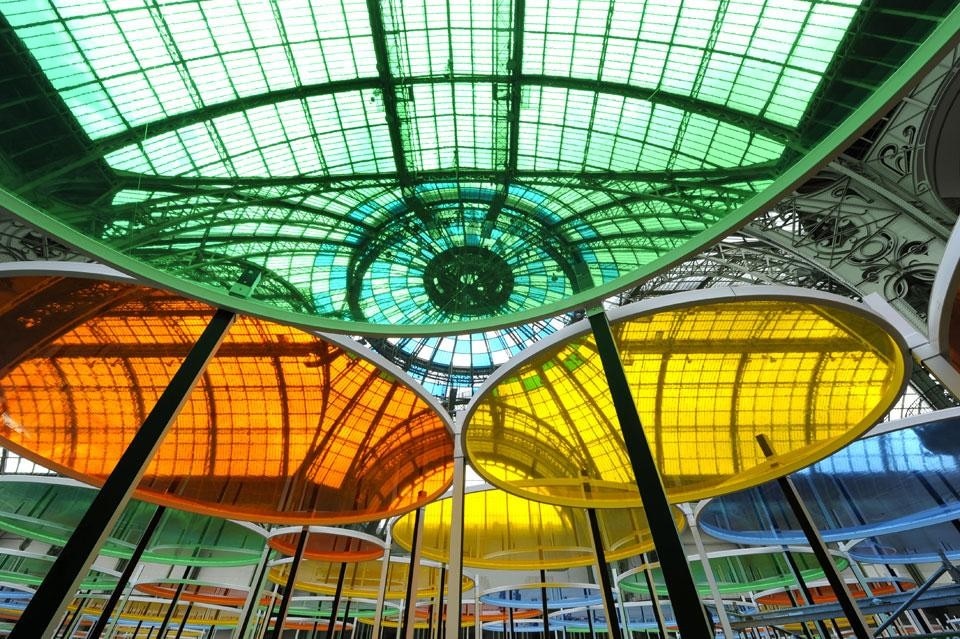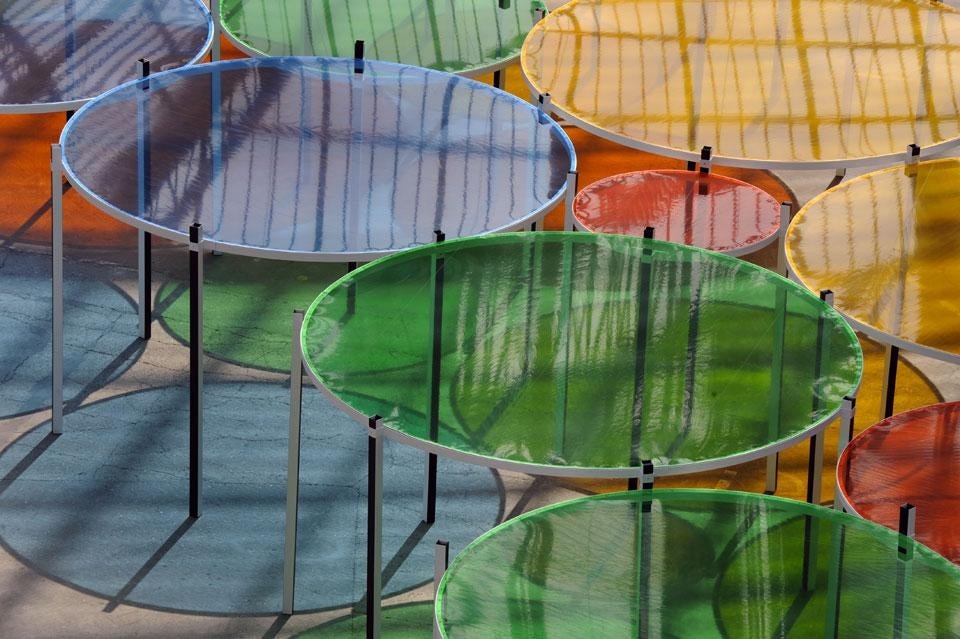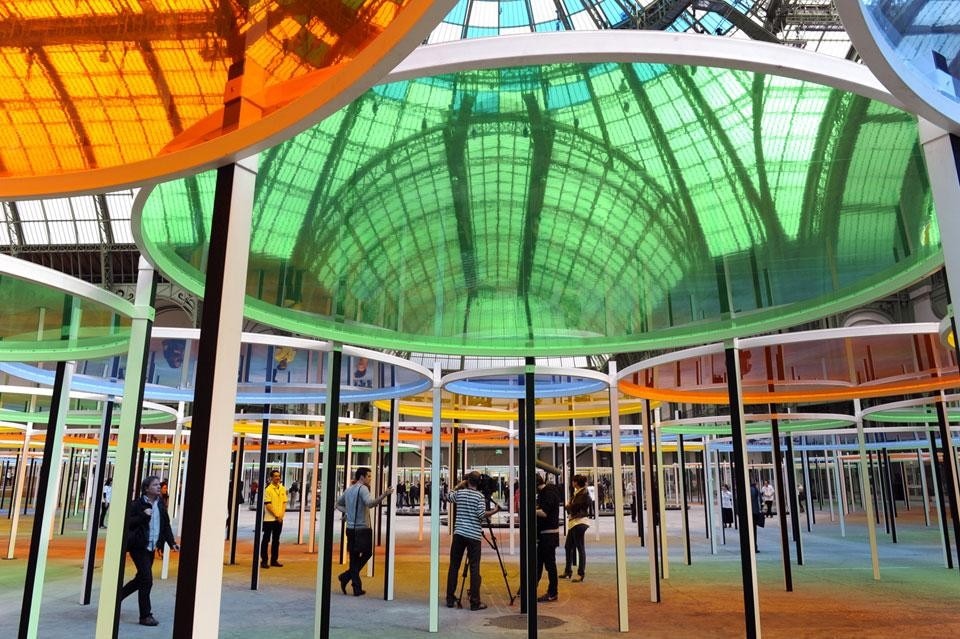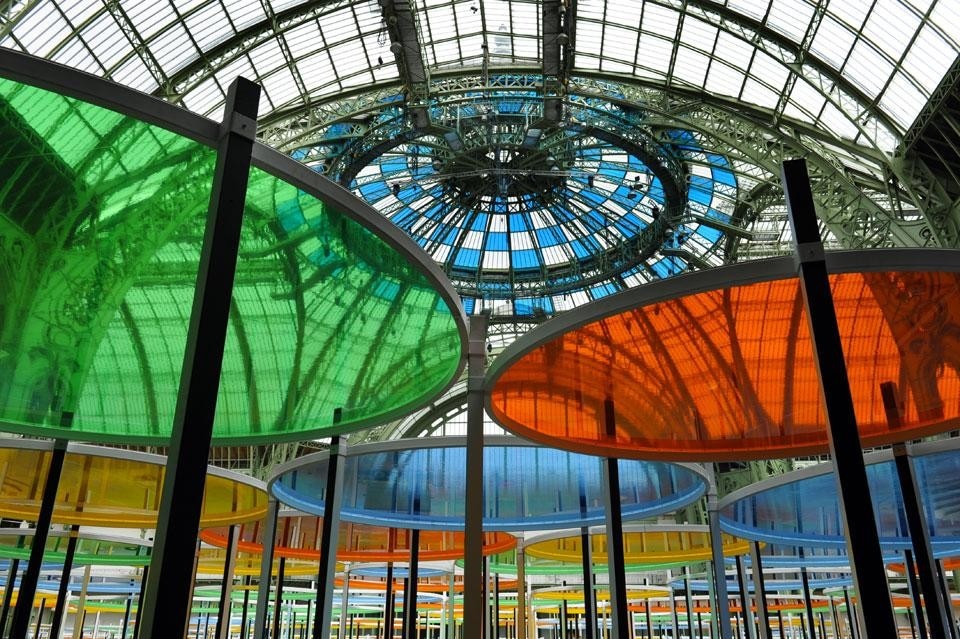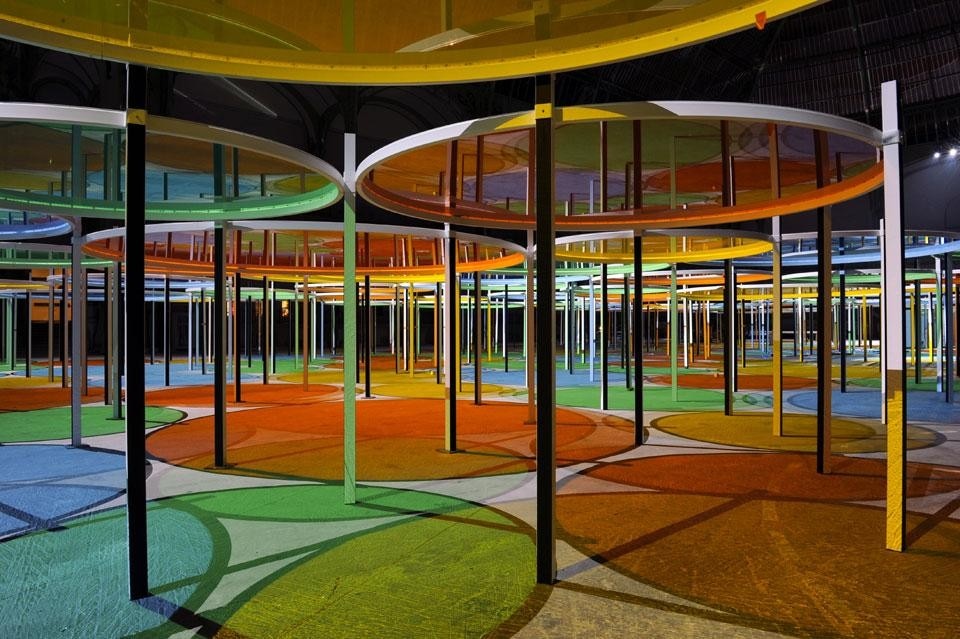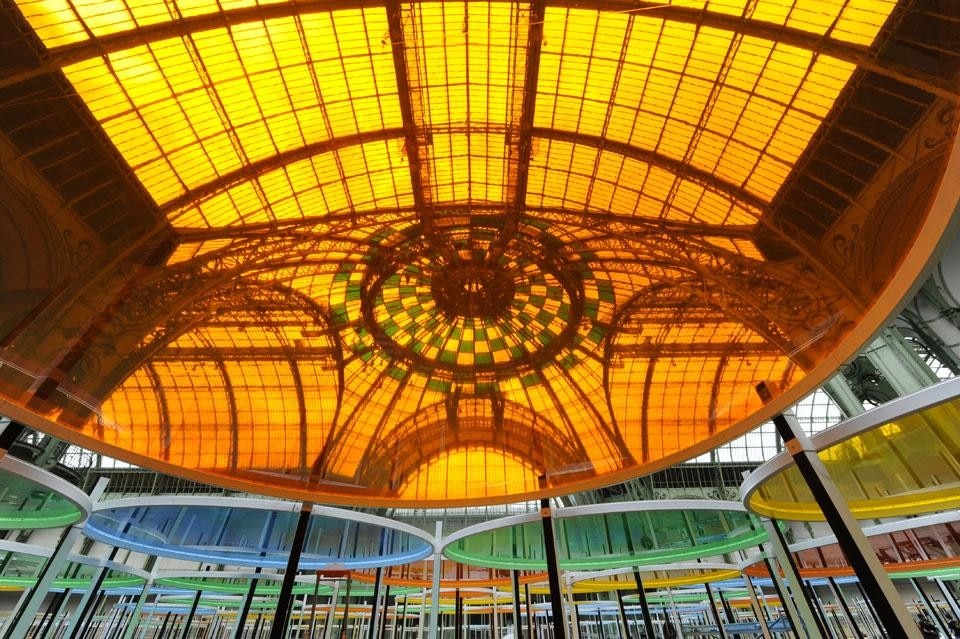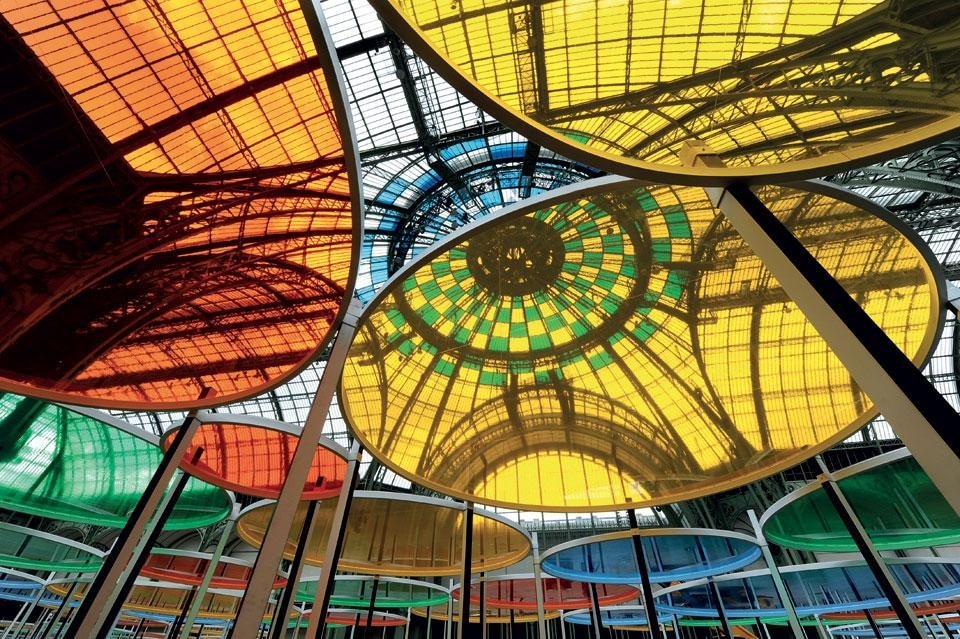First in fabric and then in different industrial products, his stripes have materialized in a large number of colours and materials — glass, stone, etc. — abandoning the terrain of pure statement for an approach that seeks to redefine public or private space.
In Buren's monumental new installation on show in Paris, this extremely rigorous exercise is softened by the Grand Palais' grandiose dimension. The installation occupies the large central nave and begins to reveal many and evident signs of fatigue. The economy of means, with its numerical formula, becomes sterile and even the reflection (the mirrored reflection of space) becomes an oversimplified visual device. Here the catalogue, or rather the palette, of all the operations with which he has transformed and redesigned other spaces with unquestionable success, do not stage that same prodigious mise en abîme.
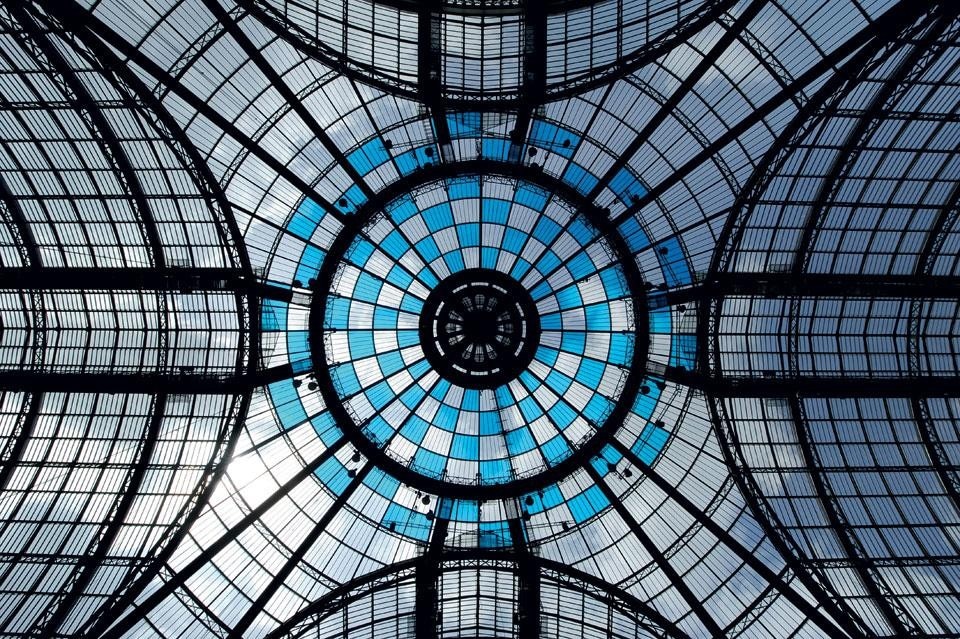
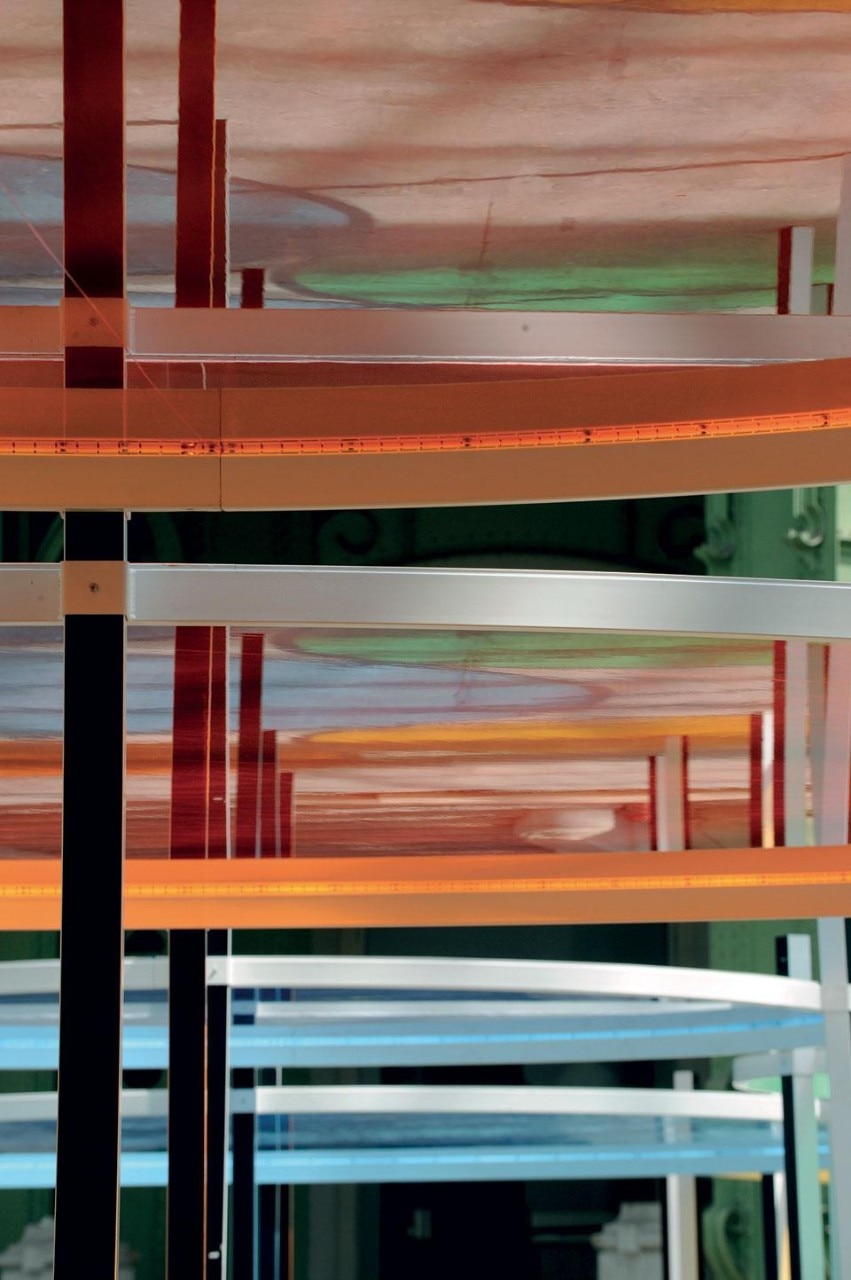
All the masters of genre have been ruined by this large-scale exercise in style: now Daniel Buren, aware of the trap, has made the most of his splendid and enjoyable site-specific installation
